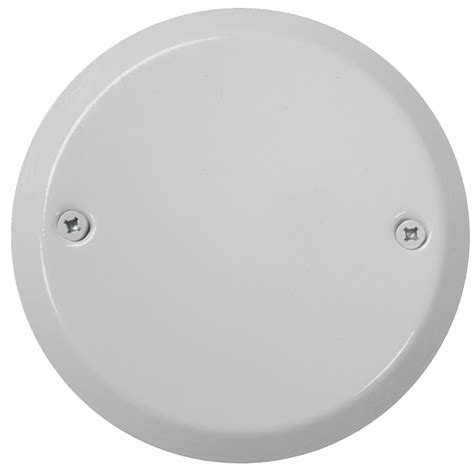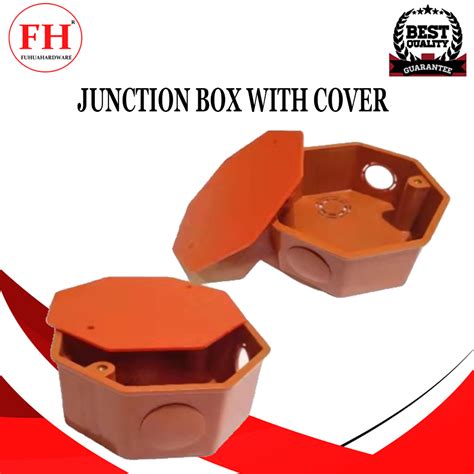can a junction box be covered.with sheetrock I found numerous junction boxes in the joists that were covered by the tiles. I took down all the tiles and want to install sheetrock. Do I need to put some type of vent under these . The Mesa base offers rapid installation, thanks to our SmartSecure® system, auto-retracting LATCH design, bubble level indicators, and intuitive red to green visual cues. Plus, its base features a four-position adjustable foot for effortless leveling.
0 · junction box covers drywall
1 · covering junction boxes
2 · covering junction box without wiring
3 · covering electrical junction box
4 · can junction boxes be covered with drywall
5 · can junction boxes be covered
6 · can junction box covers be wired
7 · best way to cover junction box
The UWS crossover truck tool box is a trusted storage solution because it features our patented RigidCore™ lid design and enhanced aluminum construction. The lid is filled with a solid foam that strengthens it against bending or warping, and it has a self .
You cannot cover any junction box that still has live wires in it. Your best bet is to either remove the box all together or just put a cover plate on it.
You are correct, the junction boxes must remain accessible. The NEC 314.29 .
junction box covers drywall
covering junction boxes
Yes, if the junction box contains dead, abandoned cable. Not open for further replies. Are there circumstances were a junction box can be covered by drywall? Nope, NEC . No, junction boxes can’t be covered with drywall. It is important to use a proper build method and make sure the joints are sealed properly so moisture cannot get into the box and cause problems. I found numerous junction boxes in the joists that were covered by the tiles. I took down all the tiles and want to install sheetrock. Do I need to put some type of vent under these . Applying drywall over a junction box is never a good idea. According to the code, your junction boxes should always remain accessible, regardless of how good of a splice you made.
The National Electrical Code (NEC) dictates that no wiring splices are allowed outside of an approved enclosure. One type of approved enclosure is a junction box. Junction box covers .You cannot cover any junction box that still has live wires in it. Your best bet is to either remove the box all together or just put a cover plate on it. It is illegal to put drywall over an electrical outlet or junction box with electrical wires connected or terminated inside the box. If the electrical outlet box is empty or the wire runs through it without terminating, you can cover it with drywall. Yes, if the junction box contains dead, abandoned cable. Not open for further replies. Are there circumstances were a junction box can be covered by drywall? Nope, NEC 314.29. Not according to our drywaller and cabinet guys. ;)
No, junction boxes can’t be covered with drywall. It is important to use a proper build method and make sure the joints are sealed properly so moisture cannot get into the box and cause problems. I found numerous junction boxes in the joists that were covered by the tiles. I took down all the tiles and want to install sheetrock. Do I need to put some type of vent under these junction boxes for access? Applying drywall over a junction box is never a good idea. According to the code, your junction boxes should always remain accessible, regardless of how good of a splice you made.
The National Electrical Code (NEC) dictates that no wiring splices are allowed outside of an approved enclosure. One type of approved enclosure is a junction box. Junction box covers must remain accessible; they cannot be covered with drywall or other surface material. You are correct, the junction boxes must remain accessible. The NEC 314.29 prohibits covering up boxes such that you'd need to remove "part of the building" to access the wires inside. The drywall is considered "part of the building." A junction box covered by a plastic cover is considered identifiable and accessible. A junction box (or worse, a splice hanging in the wall) covered by drywall is not identifiable or accessible. You should never bury a live wire, period.
Either completely (from where it starts and ends now) or by adding two junction boxes (which must remain accessible) where you can join the undamaged parts of the wire to new undamaged wire between the two junction boxes.You cannot cover any junction box that still has live wires in it. Your best bet is to either remove the box all together or just put a cover plate on it. It is illegal to put drywall over an electrical outlet or junction box with electrical wires connected or terminated inside the box. If the electrical outlet box is empty or the wire runs through it without terminating, you can cover it with drywall. Yes, if the junction box contains dead, abandoned cable. Not open for further replies. Are there circumstances were a junction box can be covered by drywall? Nope, NEC 314.29. Not according to our drywaller and cabinet guys. ;)
covering junction box without wiring
No, junction boxes can’t be covered with drywall. It is important to use a proper build method and make sure the joints are sealed properly so moisture cannot get into the box and cause problems. I found numerous junction boxes in the joists that were covered by the tiles. I took down all the tiles and want to install sheetrock. Do I need to put some type of vent under these junction boxes for access? Applying drywall over a junction box is never a good idea. According to the code, your junction boxes should always remain accessible, regardless of how good of a splice you made.The National Electrical Code (NEC) dictates that no wiring splices are allowed outside of an approved enclosure. One type of approved enclosure is a junction box. Junction box covers must remain accessible; they cannot be covered with drywall or other surface material.
You are correct, the junction boxes must remain accessible. The NEC 314.29 prohibits covering up boxes such that you'd need to remove "part of the building" to access the wires inside. The drywall is considered "part of the building." A junction box covered by a plastic cover is considered identifiable and accessible. A junction box (or worse, a splice hanging in the wall) covered by drywall is not identifiable or accessible. You should never bury a live wire, period.


covering electrical junction box

can junction boxes be covered with drywall
can junction boxes be covered
can junction box covers be wired
See UL File Numbers for Enclosures. IP66 with one door, IP55 with two doors; Two cable gland plates, one on top and one on bottom.【CONVENIENT INSTALLATION】- The metal enclosure box is equipped with a removable galvanized mounting backplate to facilitate installing the electrical components. Complete .
can a junction box be covered.with sheetrock|can junction box covers be wired